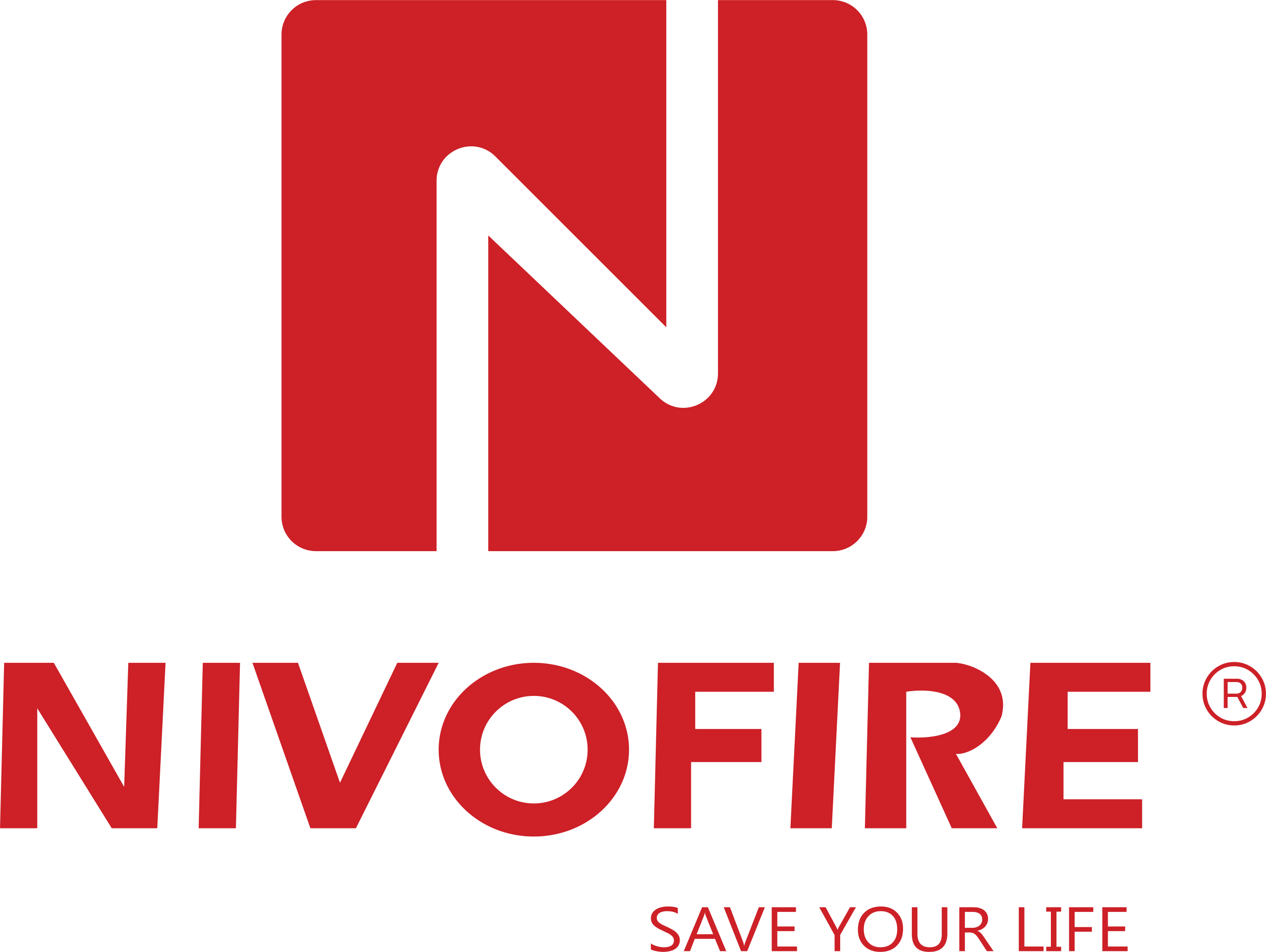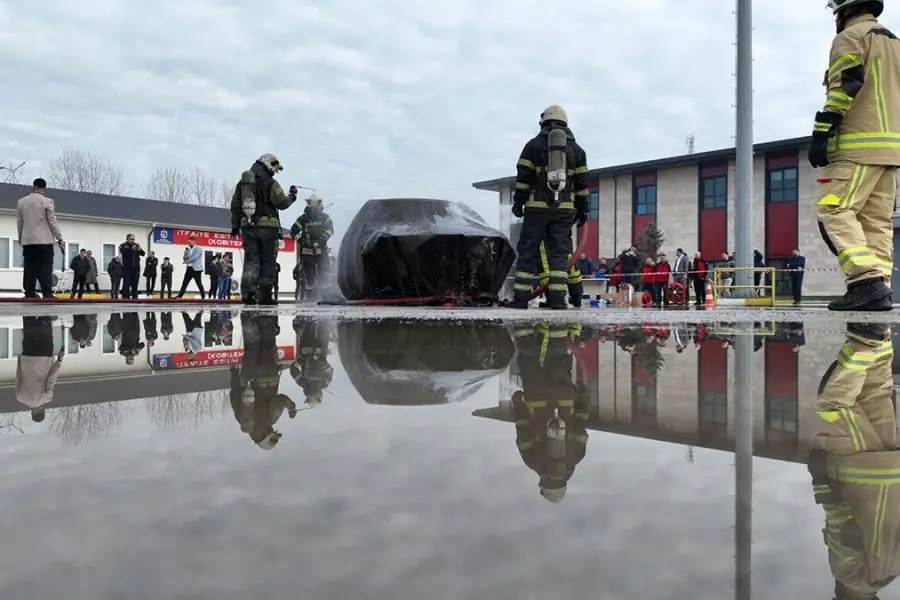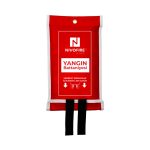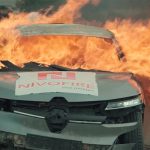DIN SPEC 91489 – New Fire Safety Standard for Electric Vehicles
With the rapid rise of electric vehicles (EVs), fire safety standards are evolving. These standards must meet the specific risks of EV technologies. In response, the German Institute for Standardization (DIN) introduced DIN SPEC 91489. This new standard defines detailed fire safety requirements for EVs. It aims to improve protection for lithium-ion batteries commonly used in EVs.
Key Innovations of DIN SPEC 91489
1. Battery Fire Risks and Safety Requirements
DIN SPEC 91489 evaluates battery fire risks in EVs. It outlines key safety measures to reduce those risks. It specifically addresses thermal runaway in lithium-ion batteries. The standard includes structural requirements to boost battery pack resilience. Additionally, it emphasizes thermal management and fire suppression systems.
2. Passive and Active Fire Protection Systems
The standard describes both passive and active fire protection systems. Passive measures involve battery cell separation and reinforced coatings. These help prevent fires from spreading across battery modules. However, active protection focuses on detection and suppression systems. These systems are integrated with the Battery Management System (BMS). They aim to extinguish fires early and automatically.
3. Battery Protection Modules and Emergency Protocols
The standard includes safety standards for battery modules. They must resist high-impact scenarios and physical damage. It also requires clear emergency protocols in case of accidents. These involve rapid cooling and evacuation features. Such measures limit fire spread and protect passengers.
4. Emergency Response and Training Requirements
The standard sets guidelines for emergency response teams. Training for EV-specific fire situations is strongly recommended. Teams must also have tools suited for EV fire control. This ensures a fast and effective response to fire events.
5. Compliance and Certification Processes
The standard defines how manufacturers can achieve compliance. Passing safety tests earns a fire safety certification. This enhances brand credibility and consumer trust. As a result, drivers enjoy a safer EV experience.
Impact on the EV Sector
DIN SPEC 91489 is shaping the future of EV fire safety. It drives innovation in safer, more durable battery systems.
Manufacturers who follow it improve vehicle safety significantly. They also contribute to reducing fire-related risks in EVs. This standard is a major step for the EV industry.
Nivofire BETA fire blankets fully compliant with DIN SPEC 91489.



